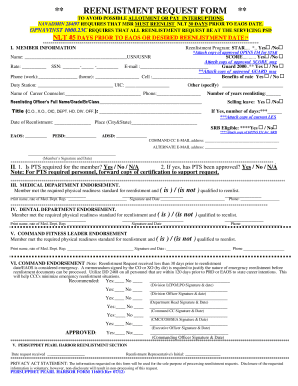What is Military Contract

Introduction to Military Contracts

A military contract is a legally binding agreement between a government agency, typically the Department of Defense (DoD), and a private contractor or vendor. The contract outlines the terms and conditions of the agreement, including the scope of work, payment terms, and delivery requirements. Military contracts can be used to acquire a wide range of goods and services, from weapons and ammunition to food, fuel, and construction services.
Types of Military Contracts

There are several types of military contracts, including: * Fixed-Price Contracts: The contractor agrees to complete the work for a fixed price, regardless of the actual cost. * Cost-Plus Contracts: The contractor is reimbursed for the actual cost of the work, plus a fee or profit. * Time-and-Materials Contracts: The contractor is paid an hourly rate for the work performed, plus the cost of materials. * Indefinite Delivery/Indefinite Quantity (IDIQ) Contracts: The contractor agrees to deliver an unspecified quantity of goods or services over a specified period of time.
Benefits of Military Contracts

Military contracts can provide a range of benefits to both the government and the contractor, including: * Stability and Predictability: Military contracts can provide a stable source of revenue for contractors, allowing them to plan and invest in their businesses. * Access to New Technologies: Military contracts can provide contractors with access to new and emerging technologies, allowing them to develop new skills and capabilities. * Job Creation: Military contracts can create new job opportunities, both directly and indirectly, in industries such as manufacturing, logistics, and construction.
Challenges of Military Contracts

Military contracts can also pose a range of challenges, including: * Complexity and Bureaucracy: The process of obtaining and managing a military contract can be complex and bureaucratic, requiring significant time and resources. * Risk and Uncertainty: Military contracts can be subject to a range of risks and uncertainties, including changes in government policy, funding constraints, and operational requirements. * Compliance and Regulatory Requirements: Military contractors must comply with a range of regulatory requirements, including those related to security, ethics, and environmental protection.
Steps to Obtain a Military Contract

To obtain a military contract, contractors must follow a series of steps, including: * Registration: Contractors must register with the System for Award Management (SAM) and obtain a Commercial and Government Entity (CAGE) code. * Market Research: Contractors must conduct market research to identify potential opportunities and understand the requirements of the government agency. * Proposal Preparation: Contractors must prepare a proposal that outlines their approach, pricing, and capabilities. * Submission and Evaluation: Contractors must submit their proposal and undergo an evaluation process, which may include interviews, presentations, and reviews.
💡 Note: The process of obtaining a military contract can be complex and time-consuming, requiring significant resources and expertise. Contractors should carefully review the requirements and procedures to ensure they are well-positioned to succeed.
Best Practices for Managing Military Contracts

To successfully manage a military contract, contractors should follow best practices, including: * Clear Communication: Contractors should maintain clear and open communication with the government agency, including regular progress reports and updates. * Project Management: Contractors should use project management tools and techniques to plan, execute, and monitor the work. * Risk Management: Contractors should identify and mitigate risks, including those related to security, ethics, and environmental protection. * Compliance and Regulatory Requirements: Contractors must comply with all regulatory requirements, including those related to security, ethics, and environmental protection.
| Contract Type | Description |
|---|---|
| Fixed-Price Contracts | The contractor agrees to complete the work for a fixed price, regardless of the actual cost. |
| Cost-Plus Contracts | The contractor is reimbursed for the actual cost of the work, plus a fee or profit. |
| Time-and-Materials Contracts | The contractor is paid an hourly rate for the work performed, plus the cost of materials. |

In summary, military contracts are complex agreements that require careful planning, execution, and management. By understanding the types of military contracts, benefits, and challenges, contractors can position themselves for success and build strong relationships with government agencies.
The key to success in military contracting lies in a deep understanding of the process, a commitment to compliance and regulatory requirements, and a focus on delivering high-quality goods and services. By following best practices and staying up-to-date with the latest developments and trends, contractors can navigate the complexities of military contracting and achieve their goals.
To further enhance understanding and address potential questions, the following FAQ section provides additional insights and information.
What is the purpose of a military contract?

+
The purpose of a military contract is to outline the terms and conditions of an agreement between a government agency and a private contractor or vendor, ensuring a clear understanding of the scope of work, payment terms, and delivery requirements.
What are the different types of military contracts?

+
There are several types of military contracts, including fixed-price contracts, cost-plus contracts, time-and-materials contracts, and indefinite delivery/indefinite quantity (IDIQ) contracts, each with its own unique characteristics and requirements.
How do I obtain a military contract?

+
To obtain a military contract, contractors must register with the System for Award Management (SAM), conduct market research, prepare a proposal, and submit it for evaluation, ensuring compliance with all regulatory requirements and procedures.



